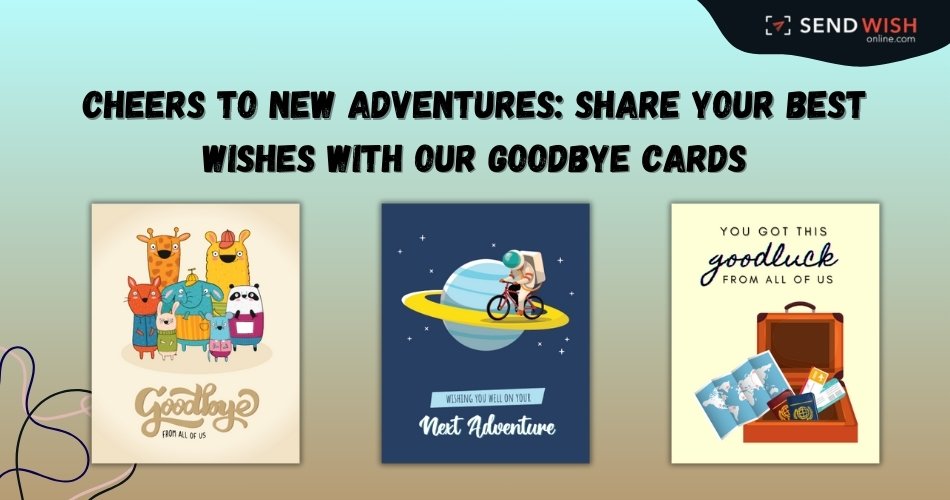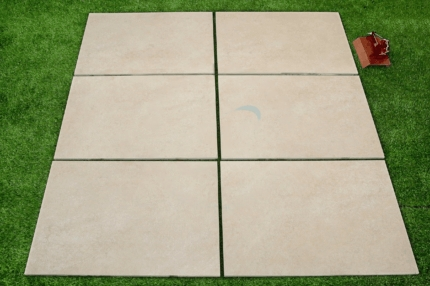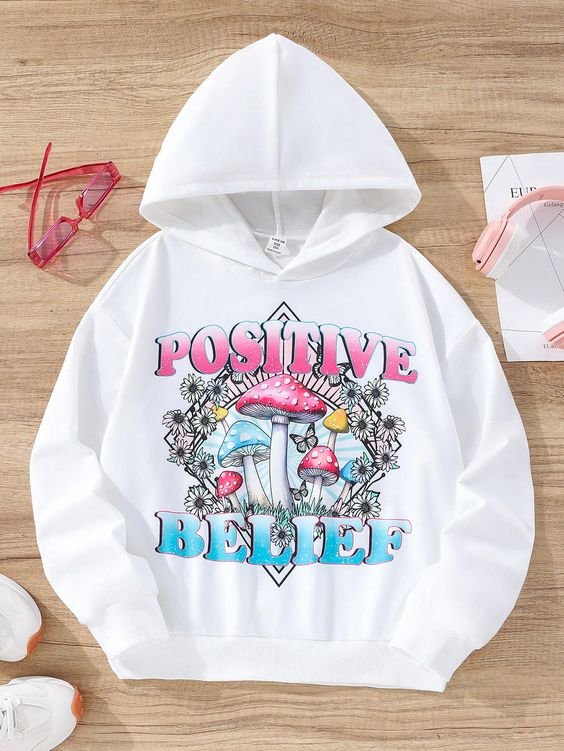The Art of Writing the Perfect Goodbye Cards: Tips for Thoughtful Farewells
Saying goodbye can sometimes be one of the hardest moments in life. Saying goodbye to a friend, a colleague, or even a loved one can bring out the most challenging moments in any person. A well-written goodbye card is often a touching sentiment, and you can tell them all you feel. This is a complete guide on some tips for writing that perfect goodbye cards and ensuring that the message reaches them in their core.
Purpose of a goodbye card
Before arriving at the task of creation, the purpose of a goodbye card should first be understood. A goodbye card serves several purposes since they perform the following critical functions:
Expression of Feelings: It presents an opportunity through which you express your feelings and thoughts regarding the going.
Encouragement: The good wishes in the card help uplift them and make some difficult moments upon leaving easier.
Connection: It reminds you that the person is loved and cherished.
Meaningful Reminder: A good card is an excellent reminder of your relationship with the recipient.
Choosing the Right Card
-
Pick Right Design
The design of the card should represent the nature of your relationship with the recipient. Choose from the following:
Formal: For colleagues or acquaintances, opt for a rather simple yet elegant-looking card with a neutral color scheme.
Casual: For friends or family, opt for something that is fun and funky, which would remind the recipient of himself/herself.
Personalized: Photo or illustration-carrying customized cards representing the shared memories will make it all personalized
-
Purpose of Saying Goodbye
Is the goodbye going to be temporary for a while, say for moving temporarily for work or any other reason, or permanent, like retirement or moving away permanently? Tailor your card:
Goodbyes for a While: Wish them well and look forward to seeing them soon in another visit.
Goodbyes Forever: Concentrate on conveying gratitude for memorable experiences and wish them well for their new journey.
Composing the Message
-
Start with a Salutation
Begin with a warm salutation that will establish the tone of the letter. Depending on your relationship, you could use:
Formal: “Dear [Name]”,
Casual: “Hey [Name]!”
Sweet: “My Dear [Name]”,
-
Convey Your Emotions
Share your feelings about being separated. Be honest and sincere. Some ideas include:
Gratitude: “I am so thankful for the time we’ve had together.”
Sadness: “I’m really going to miss you.”
Support: “I know you’ll do great in your new adventure.”
-
Share a Memory
Give the person a shared memory that captures your relationship. It can be some funny anecdote or a touching moment or another big experience. For instance,
“I never forget those late-night coffee runs or how we both took on those deadlines together.”
-
Wish Them Well
Wished the best for the future. This is necessary so that they feel supported and hopeful about:
General Wishes: “Wishing you all success and happiness in the world.”
Specific Wishes: “May your new work bring you happiness and contentment.”
-
Future Contact
Remind them that you’ll stay in contact. Here are some ways to encourage follow-up:
“Let’s schedule a catch-up call once a month!”
“Don’t forget to share updates and photos of your new adventures!”
-
Closing Remarks
End with a warm closing remark. Some suggestions are:
Formal: “Sincerely, [Your Name]”
Casual: “With love, [Your Name]”
Heartfelt: “Forever in your corner, [Your Name]”
Adding Personal Elements
-
Handwritten Notes
Handwritten note will bring an element of authenticity and emotion that printed text just cannot. It reflects that you have spent time and trouble in doing something special.
-
Decorative Elements
Decorate the card with:
Doodles or Drawings : Simple drawings can highlight the playful side of your personality.
Stickers: Chose stickers of things you both are interested in or of stuff that you have enjoyed doing together.
Photos: A small photo that you share together can even create memories
Quotes or Poems
A quote or a short poem adds emotional impact to the card. Choose one that reveals your relationship or situation:
“How lucky I am to have something that makes saying goodbye so hard.”-A.A. Milne
A personal poem speaking from the heart will surely be beautiful.
Presentation Counts
-
Letter Choice
Choose an envelope that complements the card’s design. You can personalise it with stickers or a decorative seal.
-
Seal with Personality
Close the envelope and add a personal touch, such as using a wax seal, a small note of hand on the outside, or even a sprig of dried flowers.
-
Delivery Method
Decide on how you will hand your card. A hand-delivered card may be an intimate message while the mail can become a fun surprise. But if you are away from their location, then it is advisable to send an e-card that can also still convey that heart message.
The Significance of Timing
The last day or a few days before the farewell is probably the best time to present a goodbye card. This gives the recipient enough time to absorb the message. It also gives them ample time to mull over your words and feelings before leaving.
Common Mistakes to Avoid
Formal language: If your relationship is casual, let the card not feel stiff or overly formal.
Suppressed Emotions: Be honest and real in your feelings and thoughts; avoid losing authenticity with use of clichés or empty words.
Information Overload: Avoid muddy waters with too much wordage; it’s a simple message and often more impactful than a long one.
Conclusion
Goodbye card is a good way for emotive expression, coupled with strengthening bonds that take you closer towards change. By choosing the right card, writing a heartfelt message, and personalizing certain elements, you will create a keepsake that this person will always treasure. Whether it’s for a new job, an adventure, or just a break, your words of thought will remind them of the bond shared between you and make farewell just little less horrifying.
Also Read : Why Free eCards Are the Future of Digital Greeting Culture






